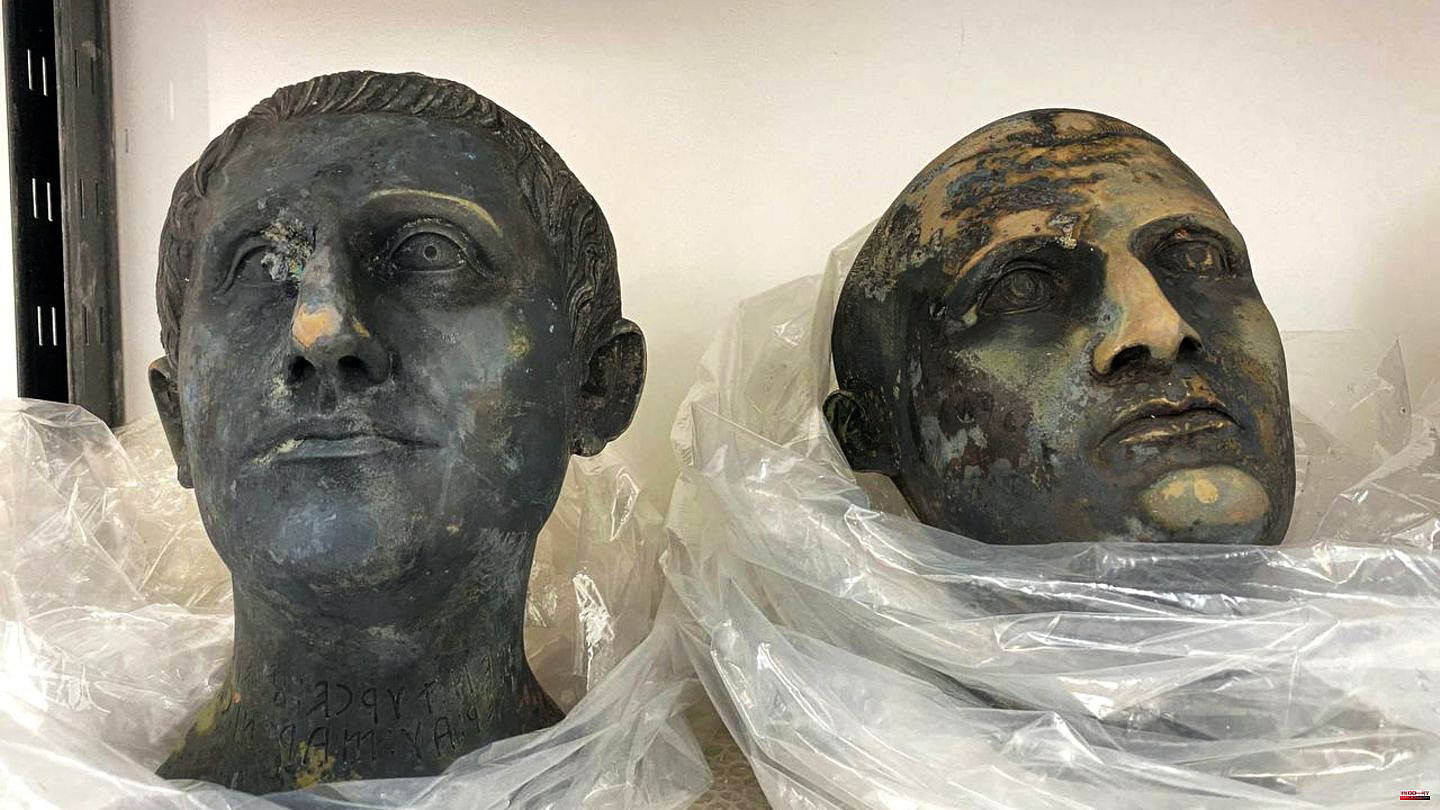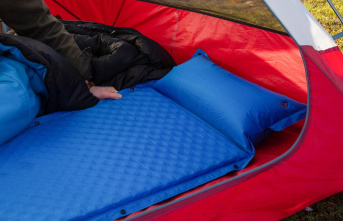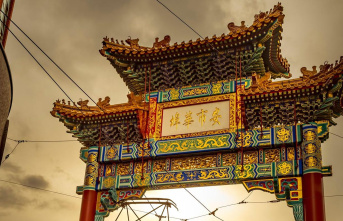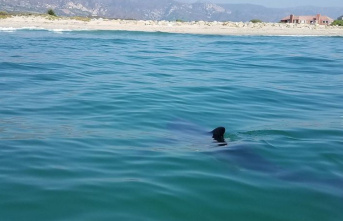This find makes history. The discovery of 24 bronze statues from Etruscan and Roman times in a thermal town in Italy has historians and archaeologists excited. In the past few weeks, researchers in San Casciano dei Bagni in the Tuscany region had recovered the statues, some of which were almost a meter tall, from the mud and hot thermal waters where they had lain for more than 2000 years. Artifacts such as coins or votive offerings were also found in the former sanctuary, covered airtight for thousands of years and thus ideally preserved.
"It's a sensation," archaeologist Dirk Steuernagel told the German Press Agency on Wednesday. "As far as I know, there has never been such an extensive complex of bronze sculptures of different formats in one coherent find," said the professor at the University of Regensburg and an expert on the Etruscans, who once lived in what is now north-central Italy.
The Greek goddess of health Hygieia with a snake around her arm, next to him Apollon, but also generals and even children: the statues and especially their condition inspire the experts. "The discovery will make history," said archaeologist Jacopo Tabolli, who was responsible for the excavations, when the find was made public this Tuesday. Italy's Minister of Culture Gennaro Sangiuliano spoke of a "treasure" and insisted on personally visiting the place between Rome and Florence.
The statues are said to date from between the 2nd century BC and the 1st century AD. At that time, the Romans were in the process of expanding their empire. The Etruscan culture eventually merged with the Roman. Historians have long been convinced that this was a fluid, continuous process. "With this find, however, this is illustrated spectacularly for the first time," explained Steuernagel. "The Etruscan sanctuary was not given up, but Roman gods were added and Roman customs were also adopted."
In addition to the statues, the archaeologists also found around 5000 coins in gold, silver and bronze. All of this can now be studied, and the Ministry of Culture wants to set up a research site and a museum for the discovery of San Casciano right next to the site. "The evaluation will be very exciting," predicted Steuernagel. In addition to Etruscan votive inscriptions, there are also Latin words or references to Etruscan families on the objects.
Hardly any bronze sculptures remain from antiquity, over the centuries the metals have mostly been melted down and reused. This is one of the reasons why this find is so extraordinary. Massimo Osanna, the former museum director in Pompeii and now head of Italy's state museums, spoke of "one of the most important bronze finds in the history of the Mediterranean region".
In this context, Osanna recalled the famous bronze figures from Riace, one of the most important discoveries in archaeology. The two statues from the 5th century BC were found in the sea off Calabria in 1972. They are among the few surviving life-size bronze statues from ancient Greece.












